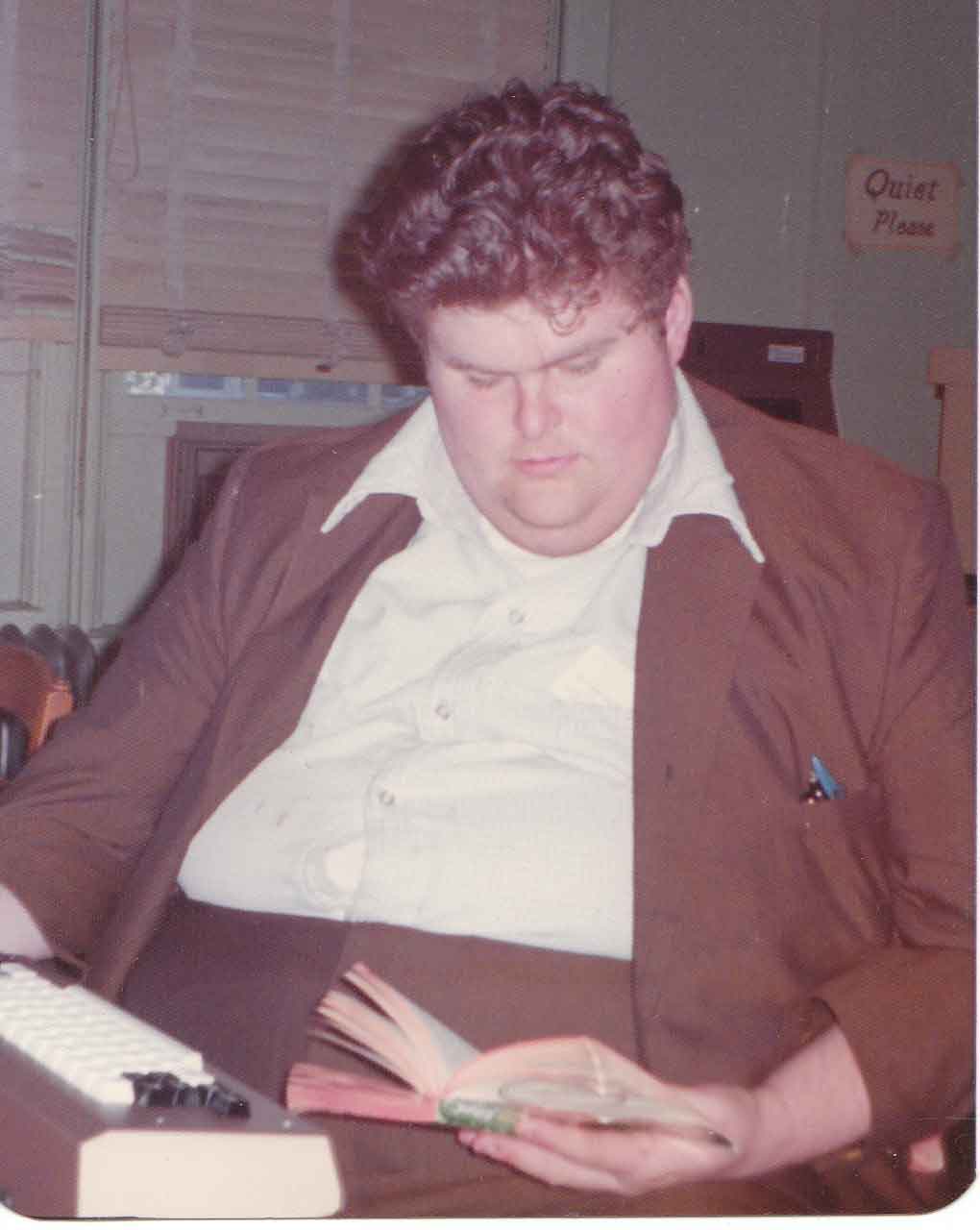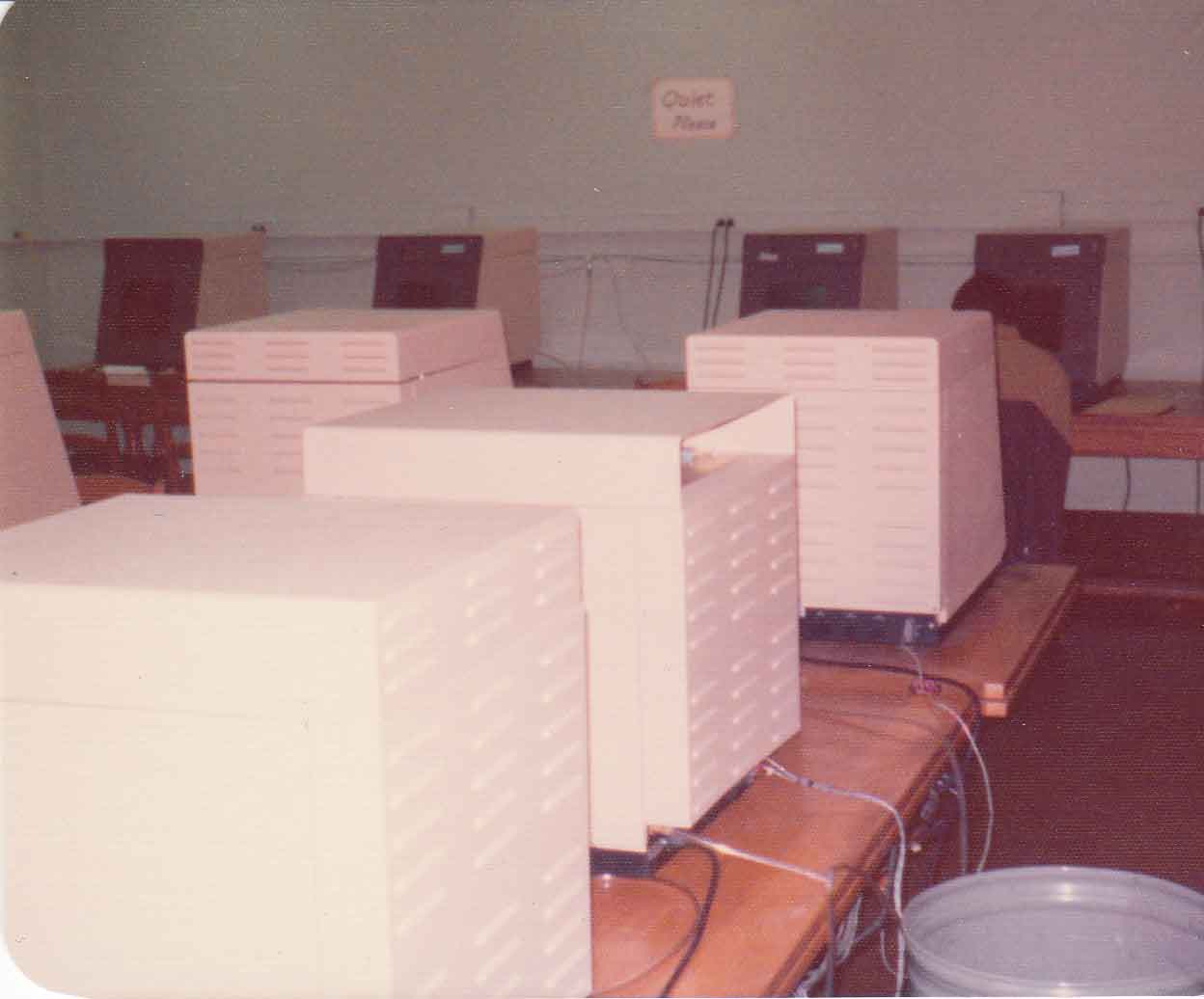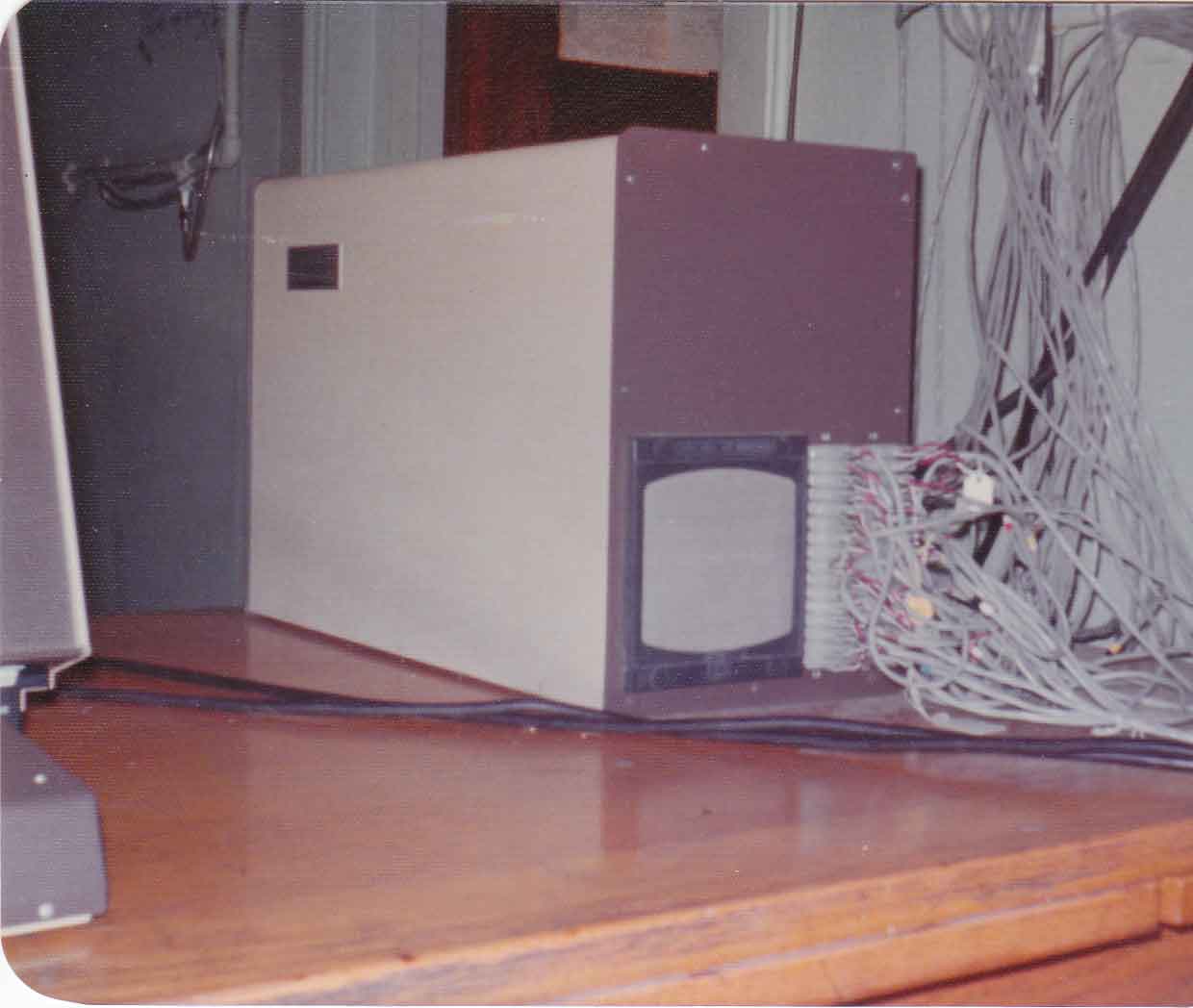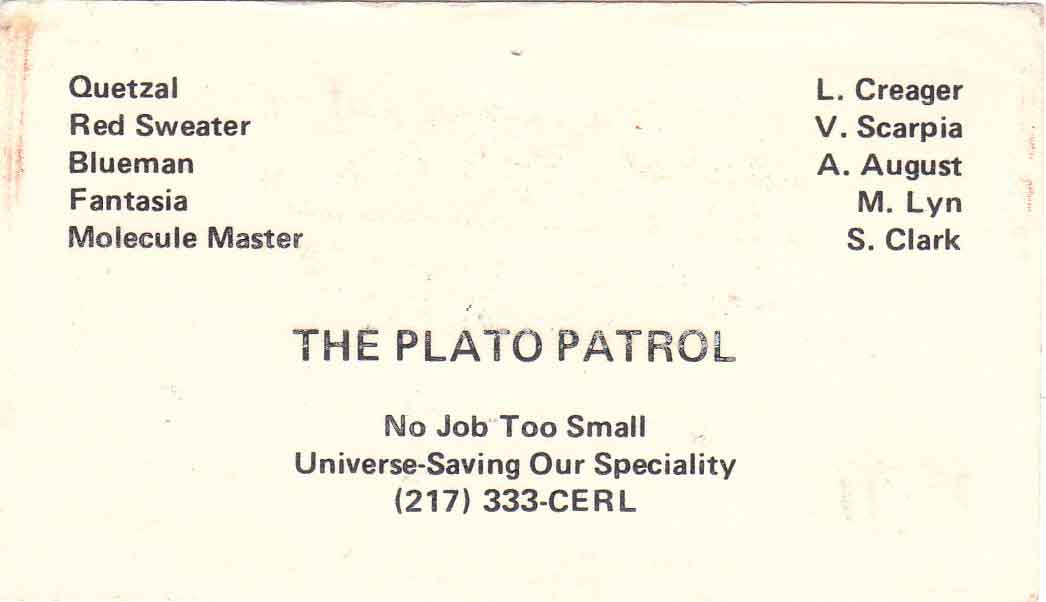PLATO and Online Culture
PLATO had an established culture of openness and supporting creativity and interaction. New communication features improved how we interacted remotely. Tools included TERM-talk, -talkomatic-, Notes, and Pnotes (email).
This on-line social environment allowed those of us remote users to communicate almost equally as those in the same room at the University of Illinois at Champaign-Urbana.
For example, I programmed Empire by myself, mostly learning TUTOR from the well-written AIDS (HELP) system. Silas Warner at Indiana University helped me get the lesson space. He also gave detailed feedback, all without seeing each other. We spoke once on the phone. PLATO had a lesson called -pad- which let one type on a line. What you typed was immediately shared with others. Once the screen filled to the bottom, it wrapped around. This was our primary mode of communication. There was no email or other interactive tool. However, PLATO soon provided TERM-talk, an option which let you page others, if you knew their logon, then on the bottom of the screen interactively type to each other. Two lines, one for each person's messages. Every letter as it was typed, including backspaces.
Now today that may not seem at all remarkable, since we use the tools of the Internet to interact; remember, I was still having to use punched cards and tape for my Computer Science class work (though I quickly moved all of my projects to PLATO). This communication is how I later met my wife in early 1977.
I feel this safeness of remote communication helped those of us more shy people find others we could talk with.


 PLATO terminal controller in CERL Room 203B.
PLATO terminal controller in CERL Room 203B.